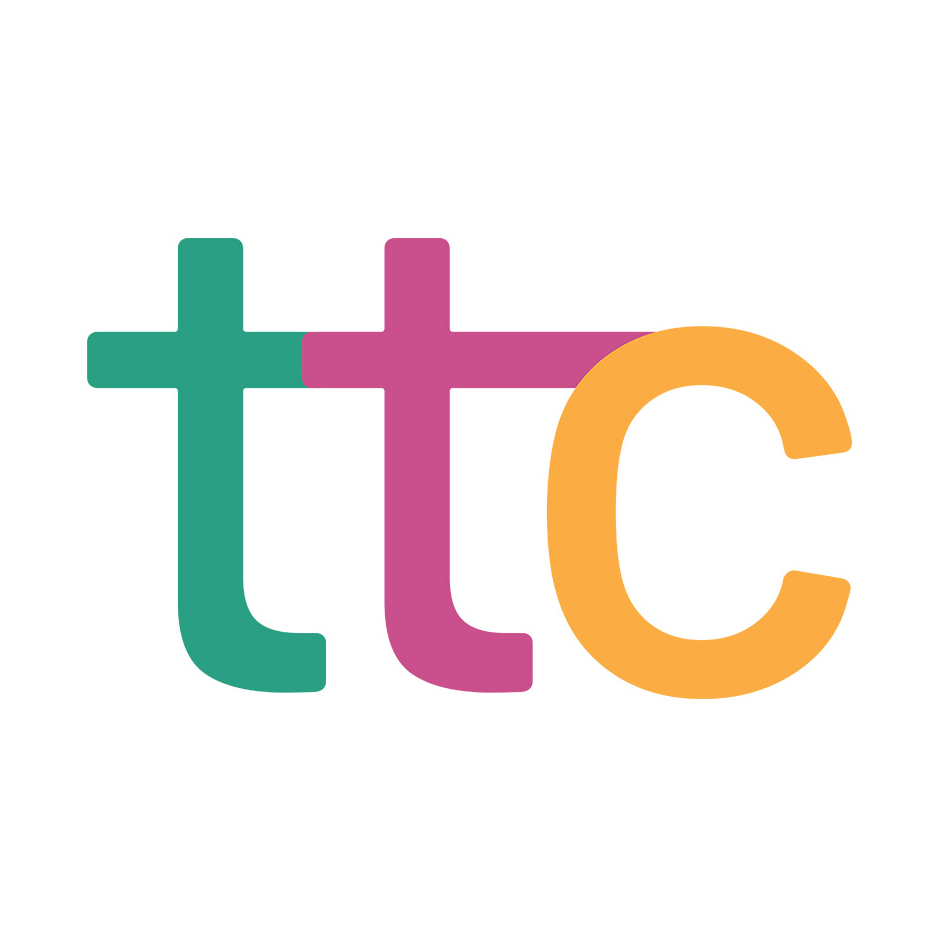At this moment in 2017, Millennials and baby boomers currently are coexisting in the workplace, as more Generation Y workers are entering into today’s bustling workforce. Large organizations are looking to hire more and more of these bright, qualified young folks as their companies are changing and evolving.
Millennials Prefer Text Communication
This influx of new millennial employees is bound to bring some changes. One of the biggest areas affected by this change is workplace communication. Gone are paper memos or 30-minute phone calls to discuss yesterday’s meeting. A Millennial will not be placing a sticky note on your monitor as a reminder of your conference in 30 minutes. Times are changing.
Millennials appreciate technology above most things, and the workplace is no exception. Their preferred method of communication is text because they value quick and concise responses. It’s a time management preference as well as a generational gap. Millennials weren’t born in the same communication era as Baby Boomers, where everyone would pick up a phone if they needed to reach someone. Most Millennials have had a cell phone since junior high school and probably have never owned their own landline phones — although they might have a distant memory of one from their childhood homes. Simply put, most Millennials don’t enjoy talking on the phone, and don’t have the same conversational skill sets that generations before them learned throughout their careers. Millennials will avoid phone calls at all costs, preferring to communicate by text, or by email if a lengthier discussion is required.
Millennials prefer to text over all other forms of communication! Share on X
How to Manage Millennials Effectively
So what does this mean for the workplace? You might be seeing a clash of communication preferences among the multiple generations in your organizations. Baby boomers are frustrated easily when they can’t get a millennial on the phone, and millennials feel that other generations are “old school” and waste too much time with a phone call when the subject can be wrapped up easily in an email.
Manager Tip: Outline clear guidelines for all employees so you can create a level playing field. Find what types of communications work best for your employees and streamline them across the board. If you want to require all employees to communicate with clients via phone calls instead of text, that’s your right; just make sure it’s clearly outlined in your employee handbook so that expectations are set.
For more helpful tips as a manager’s overseeing Millennials, download the first chapter of our CEO’s Amazon Best-Selling book, A Manager’s Guide to Unleashing the Intrapreneur! This is your go-to guide for influencing a culture of innovation and effectively communicating with Millennials in the workplace!

FREE Download!
Download the first chapter of “A Manager’s Guide to Unleashing the Intrapreneur” here and begin to unleash your own intrapreneur.
Millennials Use Abbreviations and Emojis
With a preference for technology also comes a variation in conversational tones. Emojis, anyone? ???? Millennials are much quicker to use common abbreviations or digital emoticons to express their contexts than to fully form their thoughts on a digital platform. Again, this isn’t a lack of intelligence or skill, but simply a time management preference. Millennials are efficient and prefer their communications to be that way too. For millennials, digital communication is second nature because they grew up using laptops, tablets and smartphones, and this is a group of individuals who are — for the most part — used to instantaneous communication. Whether it’s texting, Snapchat, email or Facebook, they have come to expect immediate gratification. What that means for your business is that you can expect your millennial employees to be frustrated with older, legacy systems that lack speed and a modern touch.
Before you think that millennials are glued to their screens 24/7, think again. Millennials want the best tools to do their jobs, which means a preference for modern technology; however, that doesn’t mean they want to be accessible at all hours. This generation values flexibility and their free time away from the office as much as they appreciate state-of-the-art technology. This means you can’t expect an answer to that email you sent at 10 p.m. on Tuesday night. Millennials are great at setting clearly defined boundaries and separating work time from personal time; in addition, they expect those boundaries to be respected and valued.
Technology enables Millennials to optimize how they spend their days and to do more meaningful work in less time. If you’re looking to increase the amount of millennial employees in your organization, consider taking stock of how your workplace communicates and what technology you have to offer your employees. The most important thing is to be flexible and to be able to adapt within your organization, which means maintaining happy and engaged employees, no matter the generation!
If you need help on bridging the gap between generations in your organization, we welcome you to The Millennial Project!
Contact Debbie to get more information about preparing your organization for the future!








